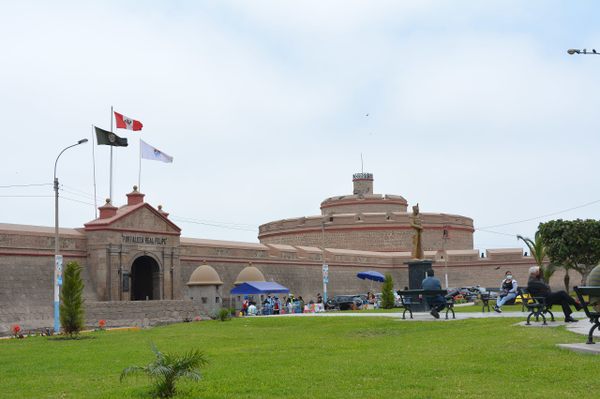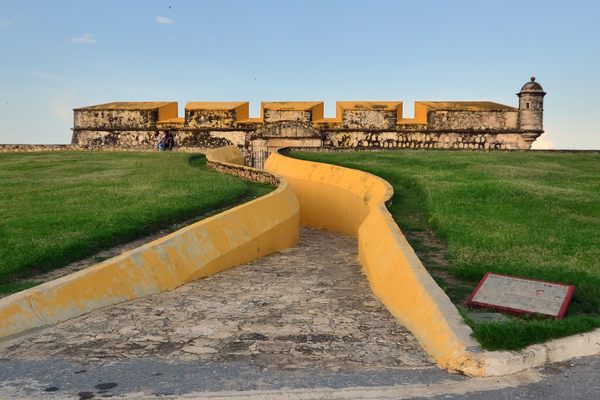Fort Caroline National Memorial
This replica of a 16th-century French settlement memorializes one of the earliest attempts at a European settlement in North America.
In 1564, French Huguenots, attempting to avoid persecution from the Catholic Church, set sail for North America and landed in what is now Jacksonville, near the opening of the St. John’s River. They established trade with the native Timucuan Indians and built a fort, planning to maintain a permanent home in North America.
But this colony only lasted until the following year, when Spanish forces coming up from the recently established town of St. Augustine attacked the French, forcing them to flee north and destroying their fort and homes.
The original location of the fort was lost but a smaller replica was built by the parks department to memorialize and teach about this brief but important part of American history. Other than being an early settlement, this site is also noteworthy as the possible location of the first Thanksgiving meal between Native peoples and Europeans on June 30, 1564.
Know Before You Go
Make it a point to visit the on-site museum. It houses the largest totem pole ever found east of the Mississippi (a replica can be found near the location of its original discovery in Deland, Florida) as well as a wide range of other noteworthy objects of both Native American and European origin.
The Fort is open Wednesday through Sunday from 9 a.m. to 5 p.m.


































Follow us on Twitter to get the latest on the world's hidden wonders.
Like us on Facebook to get the latest on the world's hidden wonders.
Follow us on Twitter Like us on Facebook